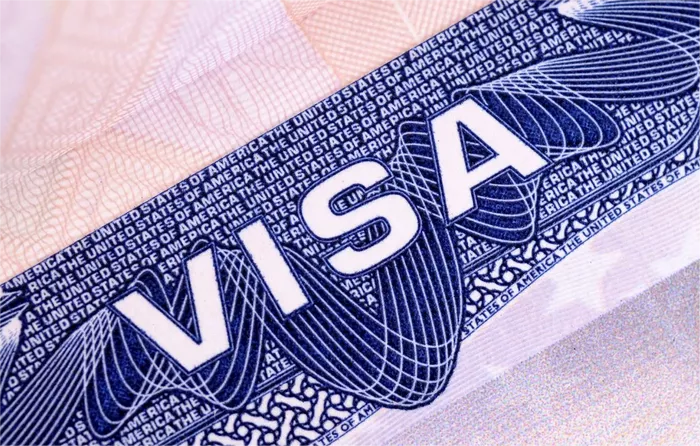Traveling to Europe offers an array of cultural experiences, picturesque landscapes, and historical landmarks. For individuals from non-European Union (EU) and non-European Economic Area (EEA) countries, securing a Schengen visa is often a prerequisite for entry. However, navigating the application process can be complex, particularly when it comes to understanding the associated costs. In this comprehensive guide, we delve into the various expenses involved in applying for a Schengen visa, providing clarity for prospective travelers.
What is a Schengen Visa?
The Schengen Area comprises 26 European countries that have abolished passport and other types of border control at their mutual borders. This means that once a traveler enters one Schengen country, they can move freely within the entire Schengen Area without undergoing additional border checks. A Schengen visa allows individuals to travel within this zone for tourism, business, or family visits for a specified duration, typically up to 90 days within a 180-day period.
Types of Schengen Visas
Before diving into the costs, it’s essential to understand the different types of Schengen visas available:
Short-Stay Visa (Type C):
This visa permits stays of up to 90 days within a 180-day period for tourism, business, or family visits.
Long-Stay Visa (Type D):
Also known as national visas, these permits are required for stays exceeding 90 days, such as for work, study, or residence purposes.
Within the short-stay category, visas are further divided based on the purpose of travel, such as tourist visas, business visas, or visas for visiting family or friends. The costs associated with each type may vary.
Understanding the Costs
The expenses involved in obtaining a Schengen visa can be broadly categorized into application fees, insurance costs, and additional charges, including those for biometric data collection and optional services.
Application Fees:
The primary cost associated with obtaining a Schengen visa is the application fee. The fee varies depending on the applicant’s age, visa type, and nationality. As of [insert current year], the standard Schengen visa application fee for adults is €80 (approximately $90). However, reduced fees or exemptions may apply to certain categories, such as minors, students, researchers, or participants in international cultural or sports events.
It’s important to note that the application fee is non-refundable, regardless of whether the visa is approved or rejected. Additionally, fees are subject to change, so applicants should verify the current rates before submitting their applications.
Travel Insurance:
Along with the application fee, applicants are required to provide proof of travel insurance that meets specific Schengen requirements. This insurance must cover medical expenses, including emergency medical treatment and repatriation, with a minimum coverage of €30,000 (approximately $34,000).
The cost of travel insurance varies depending on factors such as the duration of the trip, the age and health of the traveler, and the extent of coverage. Typically, travelers can expect to pay between $50 and $200 for a standard travel insurance policy covering a short-term visit to Europe.
Biometric Data Collection:
In many countries, applicants are required to provide biometric data, including fingerprints and a digital photograph, as part of the visa application process. This biometric data is collected at designated visa application centers or embassies.
While there is no separate fee for biometric data collection in most cases, applicants should be prepared for any associated costs, such as transportation to the application center or embassy.
Optional Services:
Some visa application centers offer optional services for an additional fee, such as premium processing, express courier delivery, or assistance with form filling. While these services are not mandatory, they can expedite the application process or provide added convenience for applicants who are willing to pay extra.
Factors Affecting Costs
Several factors can influence the total cost of obtaining a Schengen visa:
1. Visa Type: Long-stay visas (Type D) typically involve higher application fees and may require additional documentation compared to short-stay visas (Type C).
2. Nationality: Some nationalities may be subject to higher application fees or stricter requirements than others. Additionally, visa processing times may vary depending on the applicant’s country of origin.
3. Travel Insurance: The cost of travel insurance can vary based on the traveler’s age, health status, destination countries, and coverage limits.
4. Additional Services: Opting for optional services or expedited processing can incur additional costs.
Conclusion
Obtaining a Schengen visa involves several costs beyond the initial application fee, including travel insurance, biometric data collection, and optional services. By understanding these expenses and planning accordingly, travelers can navigate the visa application process more effectively and ensure a smooth journey to Europe. It’s essential to research current requirements and fees, as they may vary depending on factors such as visa type, nationality, and destination country. With thorough preparation and careful budgeting, travelers can embark on their European adventures with confidence, knowing they have fulfilled all visa requirements and financial obligations.


